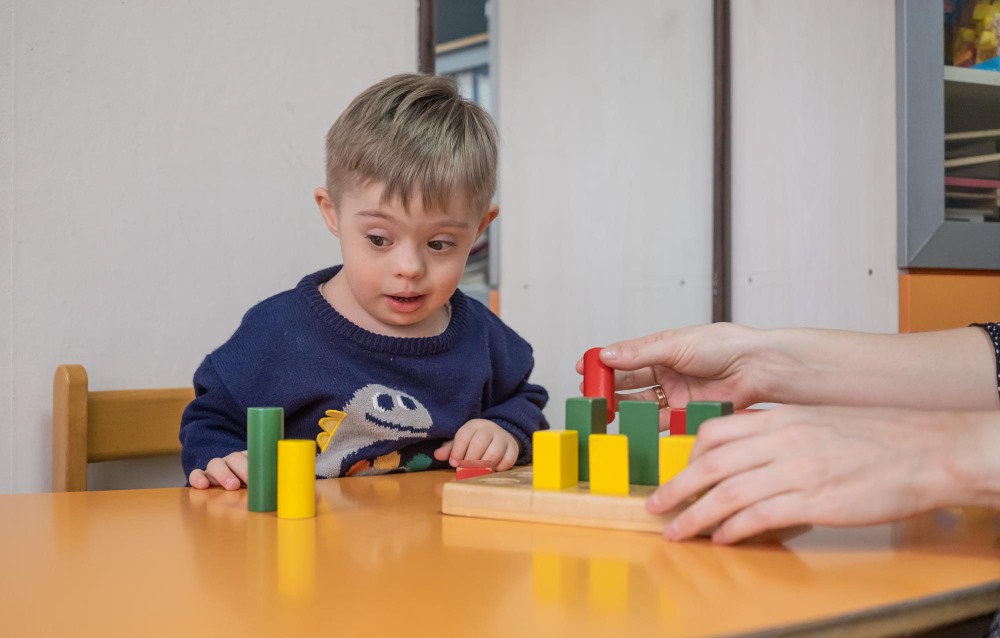In the past four years, hyperbaric oxygen therapy – in which patients breathe almost pure oxygen in a pressurized environment – has become a source of hope for thousands of parents looking for a way to treat their children’s autism. New market has provided a jolt to an industry that had served mostly scuba divers, stroke victims and people recovering from wounds.Interest from the autism community is driving new research and investments that are pushing prices way down. In Orange County, two new HBOT clinics with vastly different styles have opened in the past year.
But it’s a treatment that is viewed skeptically by much of the medical and scientific communities, who see it as the latest in a line of treatments that parents swear by and pay small fortunes for, but that don’t stand up to research.”At this point it’s a non-medically supported therapy,” said Michael Chez, director of pediatric neurology at Sutter Neuroscience Institute and the author of “Autism and Its Medical Management.”
Other doctors say that the pure oxygen in a pressurized environment reduces brain swelling and improves brain function, and heals the gastrointestinal problems many autistic children battle.In addition to Advanced Hyperbarics, California Integrative Hyperbarics opened in Irvine a year ago. Parents from all over the nation pay $3,000 for 40 hour-long “dives” in the HBOT tanks. The facility also has rooms for behavioral therapy, a kitchen where parents can take cooking lessons for special autism diets, and television screens to consult with doctors in Florida. About 80 percent of its clients have autism.The clinic was opened by Shannon Kenitz, a Wisconsin mom whose daughter, Grace, recovered from a rare and terminal mitochondrial disorder at the same time she began HBOT. She was running a similar clinic in Wisconsin when Lisa Ackerman, the founder of the local autism group talk about curing Autism, asked her to expand in Orange County.
Kenitz doesn’t just want to open clinics; she’s trying to make HBOT mainstream. As executive director of the International Hyperbarics Association, she has funded some of the first small studies of HBOT.So far, though, HBOT is still viewed skeptically as a treatment for autism, and many health insurers won’t cover it. A large-scale study of HBOT as a treatment for cerebral palsy will conclude in Dayton, Ohio, next year. A smaller study of HBOT for autism at the M.I.N.D. Institute at UC Davis will be complete in a few months.
Up to now, though, the popularity of HBOT as an autism treatment has been driven largely by anecdotal evidence. According to surveys done by the Autism Research Institute, a think tank that promotes biomedical interventions, 60 percent of parents said HBOT helped their children. And on Internet message boards and in TACA support meetings, moms tell each other their stories.


